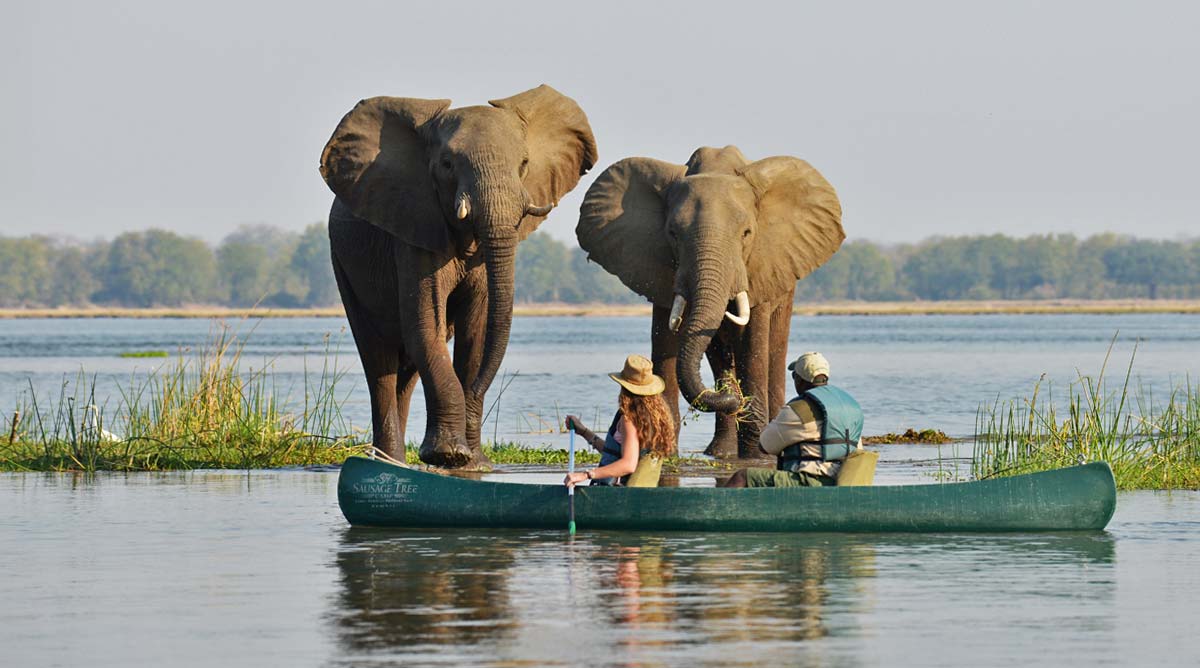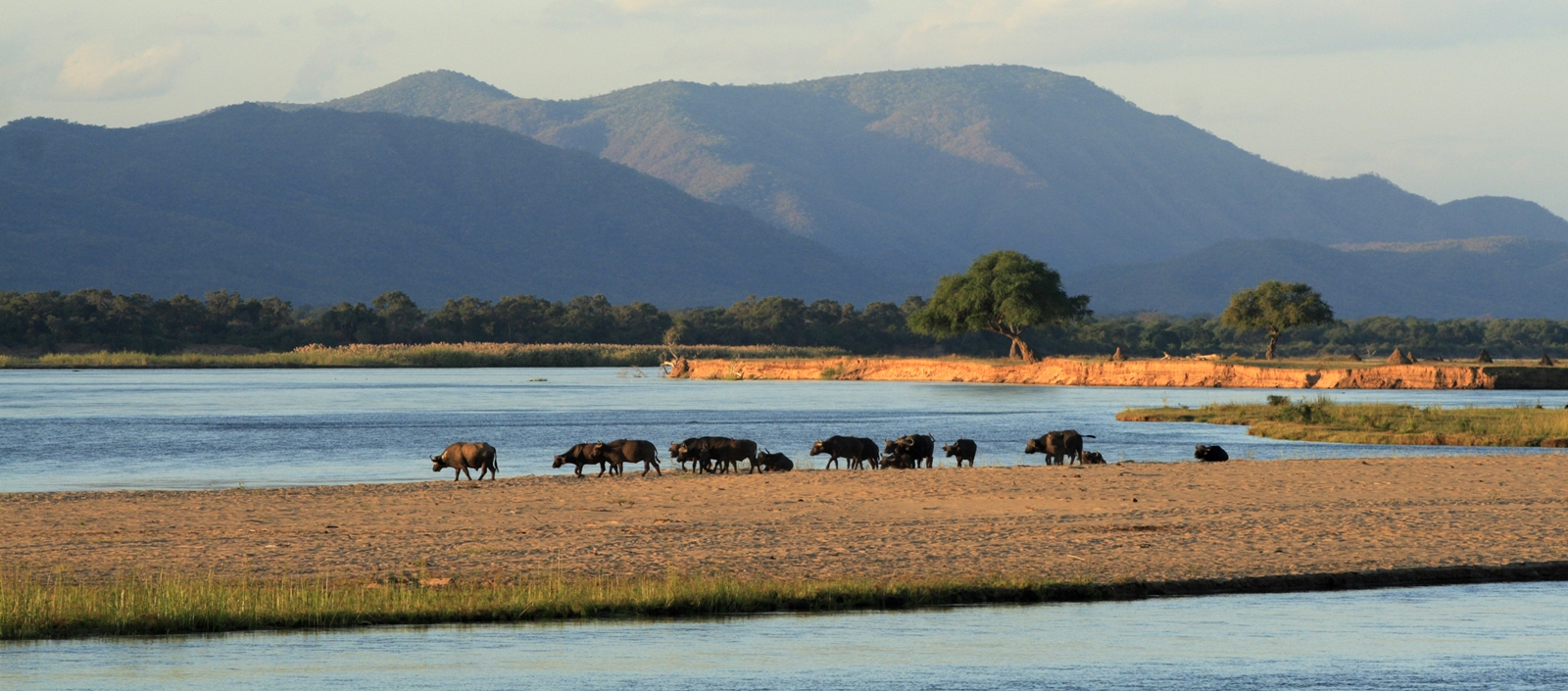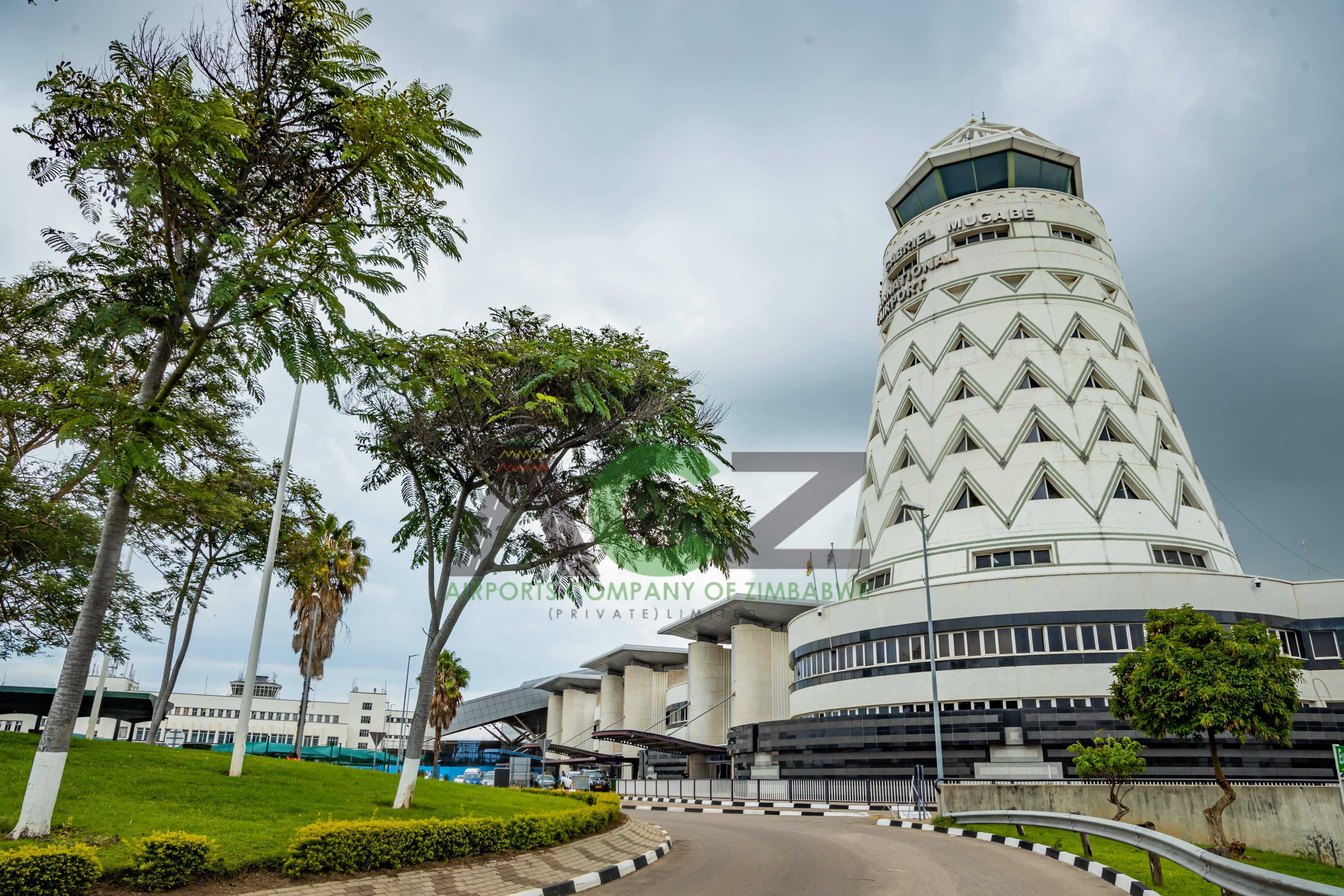Mana Pools National Park
Mana Pools National Park is a 219,600-hectare (543,000-acre) wildlife conservation area and national park in northern Zimbabwe. It is a region of the lower Zambezi in Zimbabwe where the floodplain turns into a broad expanse of lakes after each rainy season. As the lakes gradually dry up and recede, the region attracts many large animals in search of water, making it one of Africa’s most renowned game-viewing regions.
The park was inscribed, in conjunction with the Sapi Safari Area and Chewore Safari Area, as a single UNESCO World Heritage Site in 1984. The Mana Pools were designated a Ramsar wetland of international importance on 3 January 2013. Mana Pools National Park is a World Heritage Site based on its pure wilderness and beauty. It is home to a wide range of mammals, over 350 bird species, and aquatic wildlife and is one of the world’s wildest and best preserved natural ecological areas.
Where does Mana Pools fit into you Zimbabwe Adventure?
These 2,500 square kilometres of river frontage, islands, sandbanks and pools, flanked by forests of mahogany, wild figs, ebonies and baobabs, is one of the least developed national parks in Southern Africa. It has the country’s biggest concentration of hippopotami and crocodiles and large dry season mammal populations of the zebra, elephant and Cape buffalo. The area is also home to other threatened species including the lion, cheetah, Cape wild dog, and near-threatened species including leopard and the brown hyena.
Mana Pools National Park View

Safari activities in Mana Pools National Park
Although the Zambezi River and the four pools it once left behind are undoubtedly the centerpieces of Mana Pools National Park, the region boasts a diverse array of habitats including forests of mahogany, acacia, baobabs, and wild fig. Game viewing is therefore the top activity, whether you choose to spot animals from the comfort of a safari vehicle, a river boat or canoe, or on foot. Mana Pools is likely one of the only places in Africa where unguided walking safaris are permitted although this is not advisable for any but the most experienced.
Wildlife Viewing
Despite the fact that the black rhino population that partly inspired Mana Pools’ UNESCO designation in 1984 has now disappeared, the park retains its Big Five status. Here, you can spot large herds of elephant and buffalo, lion, leopard, and reintroduced white rhino. Africa’s third big cat species, the cheetah, is frequently spotted, though many people place Mana Pools on their bucket list because it is one of the best places for seeing the highly endangered African wild dog. The herbivorous species upon which these predators depend also thrive, from large numbers of Burchell’s zebra to waterbuck, kudu, eland, and impala. Meanwhile, the pools provide a sanctuary for some of the continent’s highest concentrations of hippo and Nile crocodiles.
There are several ways to encounter Mana Pools’ wildlife. Despite a relatively limited road network, traditional guided Jeep safaris are a popular option offered by most camps and lodges. It’s also possible to venture out on a self-guided safari in your own vehicle. Be aware that a four-wheel-drive vehicle is essential, and some off-road experience is highly recommended. Alternatively, the Zambezi River offers opportunities for canoe and boat safaris; these are especially good for birding.
Mana Pools remains one of the only national parks in Africa to allow unguided and guided walking safaris. However, the prevalence of dangerous animals makes going with an experienced guide a very good idea.

Birdwatching
There are over 450 recorded resident and migrant bird species in Mana Pools, which was designated as a Ramsar wetland of international importance in 2013. Among its most iconic sights are the vast colonies of southern carmine bee-eaters that nest in the banks of the Zambezi during the dry season. Along the river, specials including the rufous-bellied heron and the long-toed lapwing are often spotted, while its exposed sand bars provide valuable breeding sites for the rare African skimmer. In large trees along the water’s edge, keep an eye out for the cinnamon-colored Pel’s fishing owl; and in the woodlands, for Lillian’s lovebirds and Ayres’ hawk-eagles. From November to April, the park’s resident birds are joined by migrants from Asia and Europe.

Wilderness trails

These walking safaris are offered at the full moon. Parks staff will take visitors on a 3-day hike in the wild of Mana Pools National Park. Visitors will need to be fit, provide their own rucksacks, food, and toiletries. This is a unique experience for nature lovers and those who enjoy the challenge of facing nature one on one.
Pools, pans and springs

The Park takes its name from the pools that still lie in the abandoned river channels that run through the terraces. Mana is said to mean “four”, referring to the largest of these pools which hold water all year. Away from the Zambezi, where pools dry up during the dry season, wildlife concentrates around a few inland pans and some springs at the foot of the Zambezi Escarpment Mountains. The lions lie in wait, knowing that thirsty prey have no option but to drink here, and visitors to places like Chitake Spring are likely to be rewarded with incredible sightings of these predators in action.
Where to stay?
Zimbabwe National Parks maintains a series of affordable lodges and campsites for those on a budget or self-drive adventure. These include: Nyamepi Camp, Kanga Camp, Nyamutsi Camp, Nyamutsi Mahogany and many others
Nyamepi Camp

When to visit? Best time to Visit Mana Pools National Park
Mana Pools access is limited during the wet months from November to March. The best time to visit is during the dry season months of late April through to November. Despite the level of heat and dryness during October and November visitors are rewarded by fantastic sightings as the animals congregate along the Zambezi floodplain and at Kanga Pan and Chitake Spring which are the only source of permanent water for miles around.
November to March situation in the park

How to access Mana Pools National Park?
Harare International Airport

The closest international airport to Mana Pools is in Harare, the Zimbabwean capital, and approximately 240 miles away. It takes roughly 5.5 hours to reach Nyamepi Camp via the main Harare-Chirundu road. Although there are no schedule flights to Mana Pools, many people find it easier to arrive by charter plane. The most common departure airport is Kariba. If you book an all-inclusive safari with one of the operators mentioned or linked to above, you should be given options for transfers via road or air.

